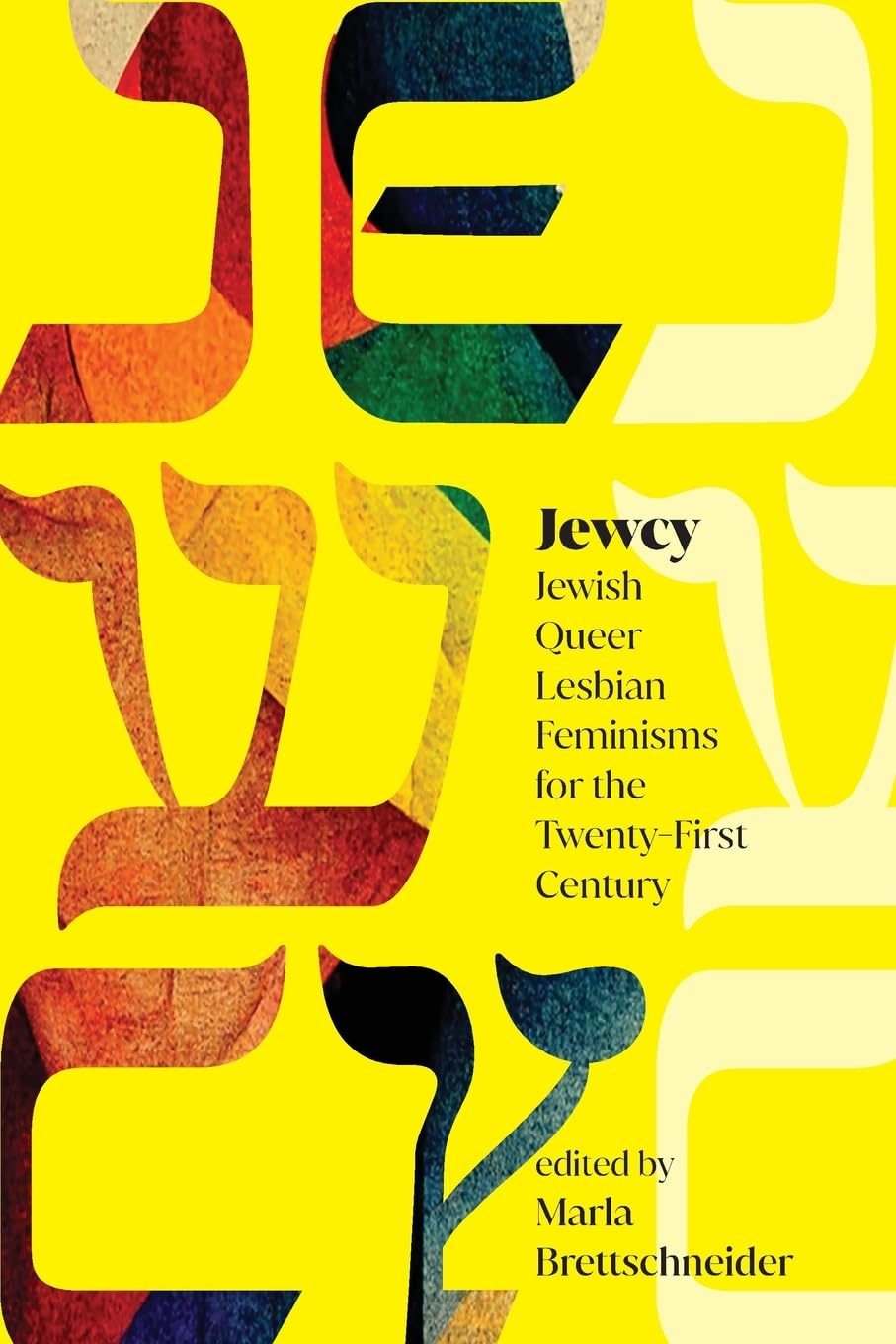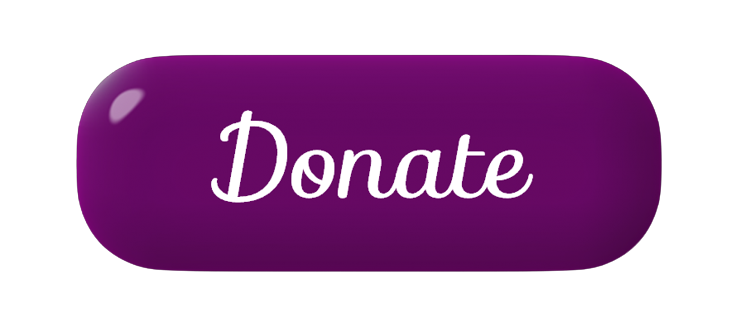Review of Jewcy: Jewish Queer Lesbian Feminisms for the Twenty-First Century Edited by Marla Brettschneider

Jewcy: Jewish Queer Lesbian Feminisms for the Twenty-First Century
Edited by Marla Brettschneider
SUNY Press, 2024, 173 pages
Hardcover $99; Paperback $31.95
Reviewed by Emily L. Quint Freeman
©May 2024
I always try to read books with an open heart so I can gain new insights, as well as admire the writer’s craft. Just this year, a non-fiction collection of scholarly essays, personal stories, and poetry was released, edited by Marla Brettschneider. This book explores the diverse backgrounds and experiences of being a Jew, queer, and, for some, having a non-traditional gender identity. As a Jewish lesbian, I was particularly interested in this book.
People respond to a book differently based on their background and point of view. So, here is a two-paragraph capsule of me, the reviewer:
My grandparents and great-great grandparents were immigrants on crowded, smelly steamers to New York during the late nineteenth and early twentieth century from central and eastern European countries (known as “Ashkenazi” Jews). If they had not emigrated to America, it is highly likely that I never would have been born, as during the Holocaust, the Nazis and their collaborators murdered 6 million Jews – and roughly 200,000 queers.
I am a Reform Jew, which is one of the branches of Judaism that has adapted traditional Jewish laws and practices to respond to the social/cultural conditions of the modern world. As a lesbian, I would call myself an intellectual butch, attracted over a lifetime only to women. I guess in today’s lingo, I am some shade of non-binary. I had plenty of challenging times when my birth family pulled the financial rug after I would not abandon my “choice” of a lover. Thankfully, within Judaism, I did not have to leave a fundamental part of my identity behind.
The most accessible parts of this book for the non-Jewish reader (and many Jews) would be the personal essays and poetry. I particularly liked a story called “ID Please” by Vinny Calvo Prell about her personal angst about claiming her complex family heritage. Her mother hailed from the Mariana Islands in the Pacific Ocean, and her father was Ashkenazi Jewish. She grew up with a deep connection with the Jewish community and came out as queer. Only as an adult did she begin to explore her mother’s indigenous heritage. As she became more open with her Jewish friends about her Pacific Islander roots, she started to feel uneasy, even unwelcome. Prell must have been raised in either the Orthodox or Conservative branches of Judaism, which follow Jewish law, deeming people to be Jewish only if their mother was Jewish or if they underwent a conversion. She would have been fully welcome in my synagogue as a Reform Jew. The pain of trying to embrace various aspects of herself was well described, and the story was worth several reads.
Another personal story called “Life on the Borderlands” by A.S. Hakkari discusses her heritage as a trans woman and Mizrahi Jew – meaning her ancestors either lived in the land of Israel or Muslim North Africa/Middle East. Her essay explores the marginalization of her gender and religious identity in a very moving way. Hakkari vividly described how trans women are a target for abuses of many sorts.
Hakkari’s story informs the reader that Jews are not monolithic but have diverse cultures and practices. This fact is due to the “Diaspora,” that is, the expulsion and/or dispersal of Jews by conquerors of the ancient Jewish states of Israel and Judea. An interesting fact to note – forty percent of Israelis are Mizrahi Jews, who were expelled from Muslim Africa or the Middle East after the birth of the Jewish state in 1948. They form a vibrant part of the multi-cultural framework of Israel.
The book contains a memoir segment from a Black Jewish lesbian, Carol Conaway. I wanted to read more of her memoir so I could better understand her experience and path to Judaism. The segment centers on her attraction to urbane white women, particularly “The One,” who would later become her life partner.
The essays in this book tackle ancient Jewish religious texts, seeking to explore different interpretations of what is acceptable. The traditional answer was only cisgender, heterosexual sex. However, “Deconstructing the Binary, or Not” by Sarra Lev provides a learned analysis of early rabbinic literature to postulate an openness for an intersex personal life.
Another entitled “Remembering Sinai” by Sabrina Sojourner is a reconsideration of the book of Exodus, which analyzes ancient Hebrew and the traditional patriarchal image of G-d. The essay “Postmodern Concepts of Sex, Gender and Sexuality in the Framework of the Jewish Lesbian” by Rona B. Matlow seeks to deconstruct the assumption that only cisgender males and cisgender females are acceptable in Judaism. She does this by offering different interpretations of religious texts and commentaries.
These academic essays may prove daunting for non-Jews or Jews who are not familiar with fundamental Jewish texts or the Hebrew language. Another essay entitled “Leslie Feinberg’s Complex Jewish Lesbian Feminism” by the book’s editor did challenge me as the reader due to its language walls based upon leftist dichotomies. As a result, this essay did not accurately portray the complex story of Ashkenazi Jews in America and their acceptance or non-acceptance in non-Jewish society. This is especially important during the present time, given the trauma and pain of the whole Jewish community after the largest massacre of Jews since the Holocaust on October 7, 2023, and the taking of innocent hostages.
The umbrella of self can be difficult to navigate. This book offers ideas and stories of Jewish lesbians seeking acceptance rather than marginalization. It points to a more inclusive world for writers with different family backgrounds and gender identities.
Emily L. Quint Freeman is the author of the memoir, Failure to Appear, Resistance, Identity and Loss (Blue Beacon Books) and numerous creative non-fiction articles appearing in digital magazines including Salon, The Gay & Lesbian Review, Syncopation Literary Review, Open Democracy, The Mindful Word, and Narratively.
"Empowerment comes from ideas."
― Charlene Carruthers
"Your silence will not protect you."
— Tourmaline
"Gender is the poetry each of us makes out of the language we are taught."
— Leila Raven


